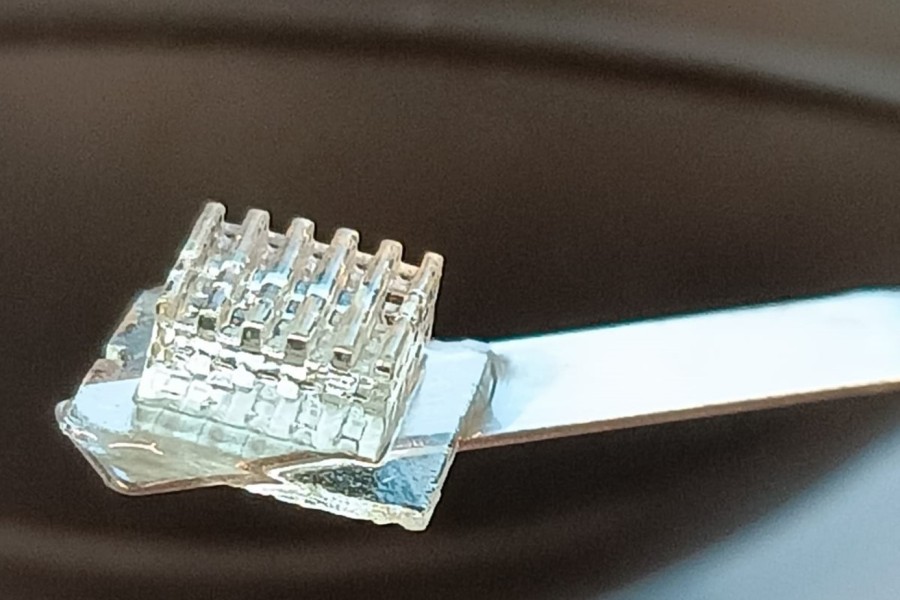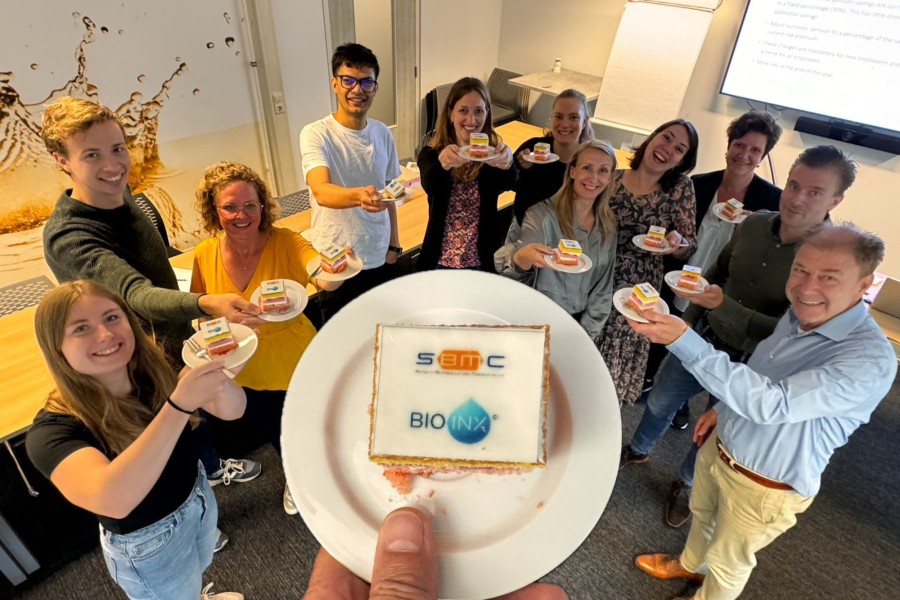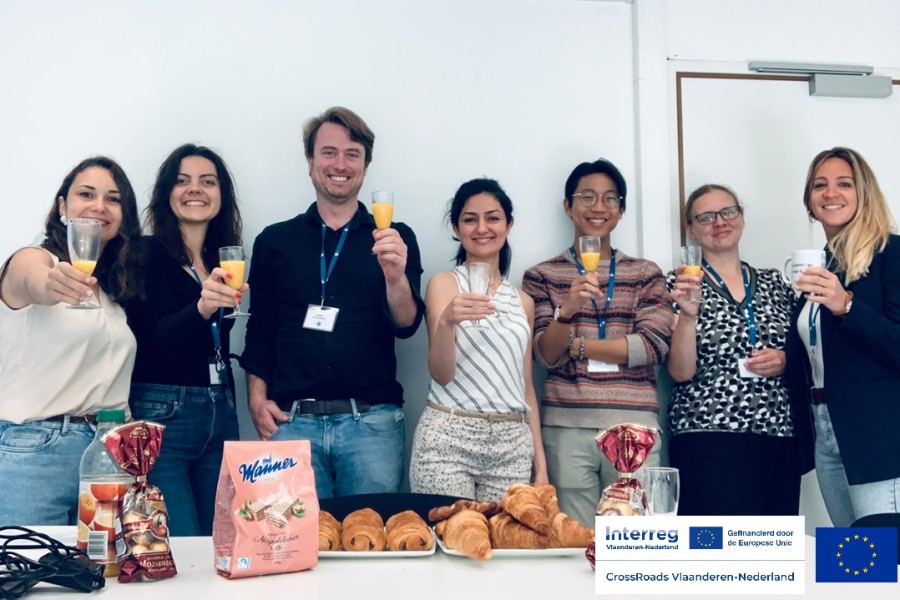SBMC and BIO INX Secure €240,000 Grant for Pioneering 3D Bioprinting Project in Bone and Cartilage Repair
Eindhoven/Gent, July 4, 2024 – Smart BioMaterials Consortium Foundation (SBMC) and BIO INX are thrilled to announce the receipt of a €240,000 grant from the Interreg CrossRoads Program to support their InCart-3D project. This two-year initiative is set to revolutionize the field of tissue regeneration by developing advanced bioinks tailored for 3D bioprinting technology.
Project Objective and Expected Outcome
The primary aim of the InCart-3D project is to create tissue-specific bioinks that enhance cell functionality and the effectiveness of implants, thereby reducing both maturation time and associated costs. The collaboration will leverage digital light processing (DLP) technology to produce detailed and complex structures essential for effective bone and cartilage tissue regeneration.
Objectives and Outcomes
The project seeks to establish a platform addressing the treatment of bone and cartilage injuries and to facilitate therapy development. This will enable BIO INX to advance its tissue-specific bioinks, while SBMC will expand its capabilities in developing and applying these bioinks in regenerative therapies.
Project Overview
Biofabrication, or bioprinting, is an emerging field within regenerative medicine focused on creating complex tissues and organs. This technology holds immense promise for treating osteochondral defects—conditions impacting both cartilage and the underlying bone within joints, often resulting from injuries, overuse, or diseases such as osteoarthritis.
Challenges and Impact
Untreated osteochondral defects can lead to severe bone damage and a heightened risk of arthritis, causing significant pain and reduced mobility. Globally, approximately 500 million people suffer from osteoarthritis, including over 57 million in Western Europe, leading to substantial healthcare costs.
Current Treatments and Bioink Development
Existing treatments frequently fall short, relying on donor tissue and often proving inadequate. Regenerative medicine and tissue engineering offer innovative solutions through bioprinting, which can create durable, functional implants that mimic natural tissue structures. However, developing suitable bioinks remains challenging due to issues related to standardization, mechanical properties, and biocompatibility.
Contact Information
Smart BioMaterials Consortium Foundation
Frank van den Nieuwenhof, Communications Manager
Email: frank.vandennieuwenhof@smartbiomaterials.nl
Phone: +31 6 21 5555 10
BIO INX
Jasper van Hoorick
Email: jasper.vanhoorick@bioinx.com
Phone: +32 499 16 98 94




